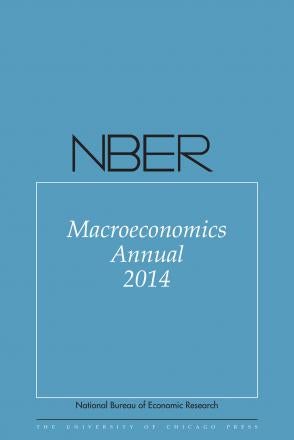Quantifying the Lasting Harm to the US Economy from the Financial Crisis

You may be able to download this chapter for free via the Document Object Identifier.
The financial crisis and ensuing Great Recession left the US economy in an injured state. In 2013, output was 13 percent below its trend path from 1990 through 2007. Part of this shortfall—2.2 percentage points out of the 13—was the result of lingering slackness in the labor market in the form of abnormal unemployment and substandard weekly hours of work. The single biggest contributor was a shortfall in business capital, which accounted for 3.9 percentage points. The second largest was a shortfall of 3.5 percentage points in total factor productivity. The fourth was a shortfall of 2.4 percentage points in labor-force participation. I discuss these four sources of the injury in detail, focusing on identifying state variables that may or may not return to earlier growth paths. The conclusion is optimistic about the capital stock and slackness in the labor market and pessimistic about reversing the declines in total factor productivity and the part of the participation shortfall not associated with the weak labor market.


